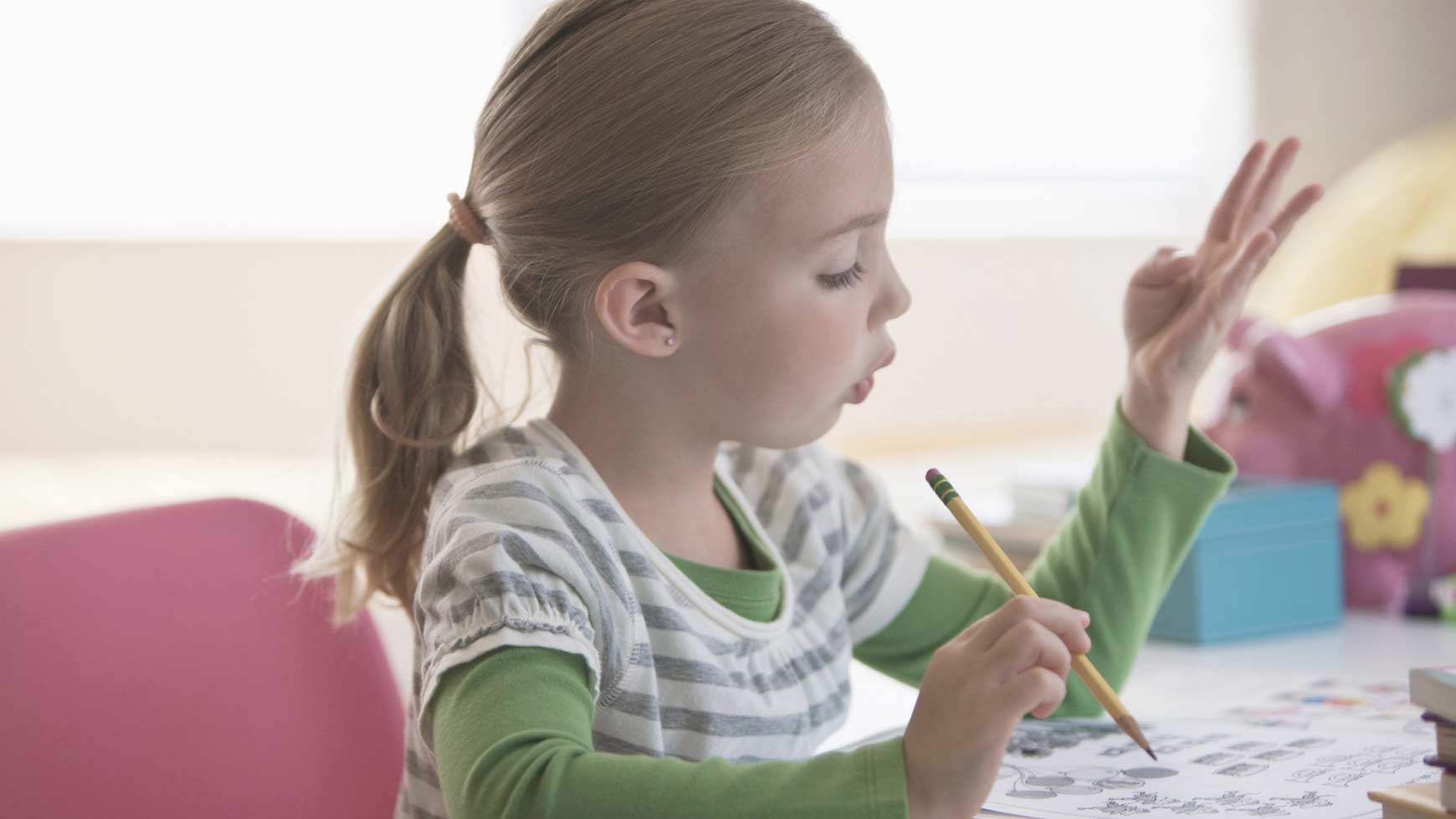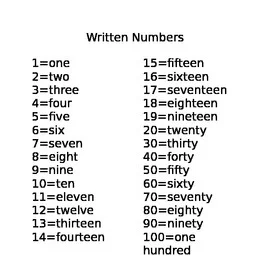Pre-school dyscalculia help
Does your child struggle with numbers? Do they have characteristics of dyscalculia like the ones below? Will they ever catch up with their peers?
It can be very frustrating (grrrrrrr - where’s the wine!!) having a child that doesn’t automatically understand numbers, however, there is GOOD NEWS! They can catch up but they may need different solutions around their problems. You can feel good about the fact that you are here - because early intervention is the key to helping your kid develop the areas of the brain that will help them understand numbers and maths. The characteristics of dyscalculia aren’t always the same but below are the most common problems and some solutions that you can try.
Problem: Takes an age and a day for your child to learn to count compared to their peers.
Solution: Make all numbers into images eg 2 becomes a swan and 5 becomes a snake. Look at sites like Fables World which only use visuals instead of numbers.
Problem : Connecting objects and numbers is tricky. Eg Grouping things into 3’s or 4’s is often difficult or slow compared to peers.
Solution: Give them strawberries, sweets, chocolate buttons, money - whatever it takes! If they have an incentive to work things out they will do it a lot faster. For Eg give them 10 strawberries that they need to divide into 5 even piles. If they concentrate well and really try they get to eat one!
Problem : When counting will often get numbers muddled. 1,2,3,7,10.
Solution: Practice and sing songs MORE often than their peers and it will help them enormously. It may feel very annoying but at least they will start school feeling confident. Try : https://rainydaymum.co.uk/10-rhymes-to-count-with/
Problem: Needs lots of help recognising numbers. For Eg Your child can say 7 they may even be able to count to 7 but they don’t know what the written number SEVEN looks like.
Solution: Try, Table Fables which uses visuals rather than number eg 7 is represented by a boomerang. So when you say which number is 7 you can remind them that 7 looks like the boomerang. No.2 is the swan etc.
Problem: Struggles to recognise patterns, like smallest to largest or tallest to shortest.
Solution: Again, use something they love (candy and chocolate are good for this). Get 7 sweets or chocolate in varying sizes, e.g. chocolate buttons, chocolate bars or lollies. They have to order them from smallest to largest - they get to eat 1 candy if they really concentrate.
Reverse problem: Get them to line up the sweets from largest to smallest. Again they get one candy if they concentrate.
If you don’t want to use candy, use Raisins, cheese, carrots, crackers of different sizes. They still get to eat them at the end!
Remember, children with characteristics of dyscalculia will try and avoid numbers as much as possible. It’s up to you to turn that around and make it FUN; you don’t want them to develop Maths anxiety. Try sites like www.tablefables.net where they can use characters to get friendly with numbers and their all-important number bonds.
Whatever you do, make them feel GOOD about NUMBERS and make them feel CONFIDENT. The best way to do that is to make everything into a FUN GAME, so they want to do more, and those characteristics of dyscalculia will start to fade away.
Imagine a chore you HATE doing, e.g. putting the rubbish out or lodging your tax returns. If someone made them into a GAME, how much more fun would those tasks be?
E.g., If you put the rubbish out in less than 3 minutes, you can watch the next episode on Netflix or, If you finish your tax returns before the end of the month, I’ll give you $100 to spend on whatever you like.
















